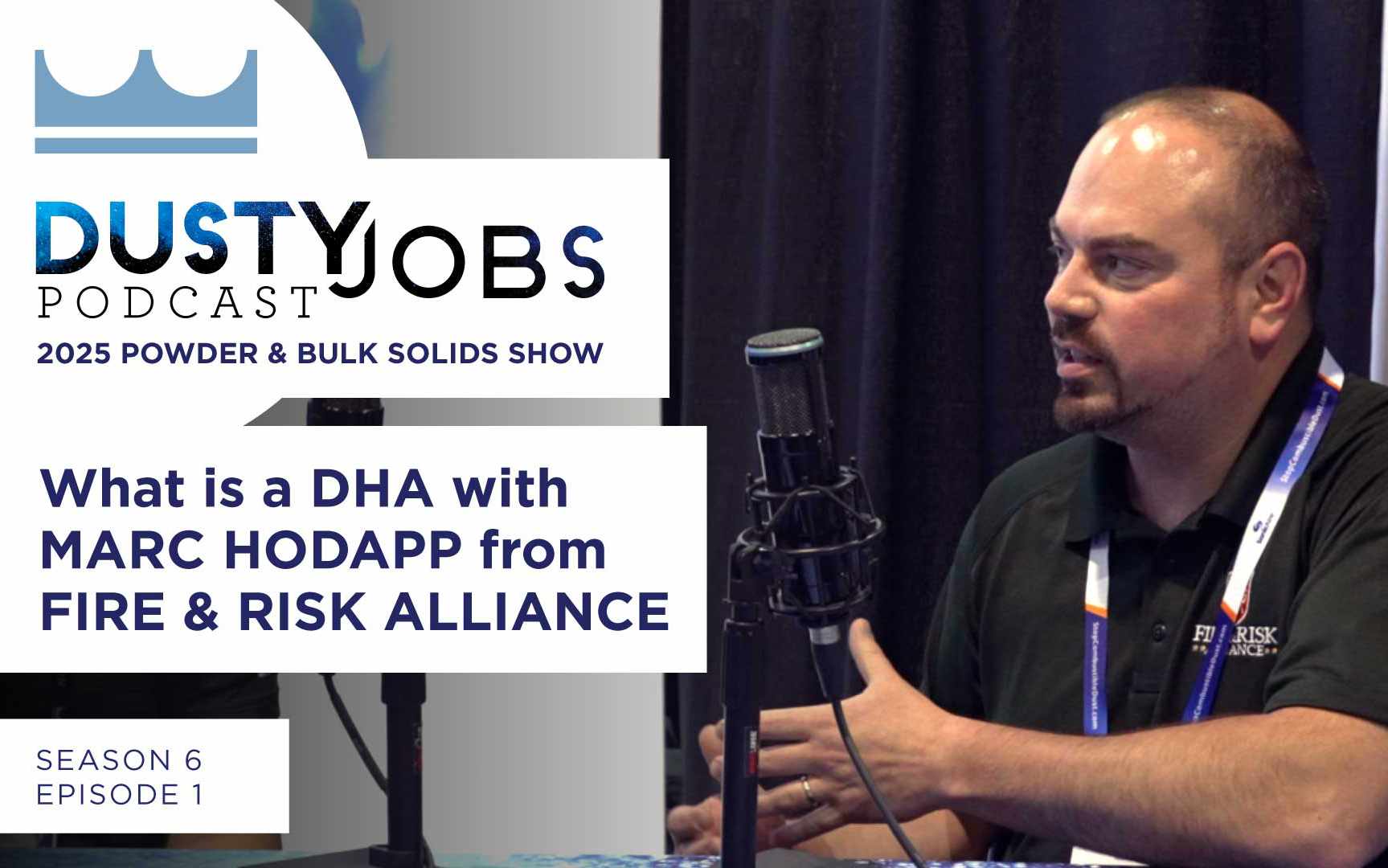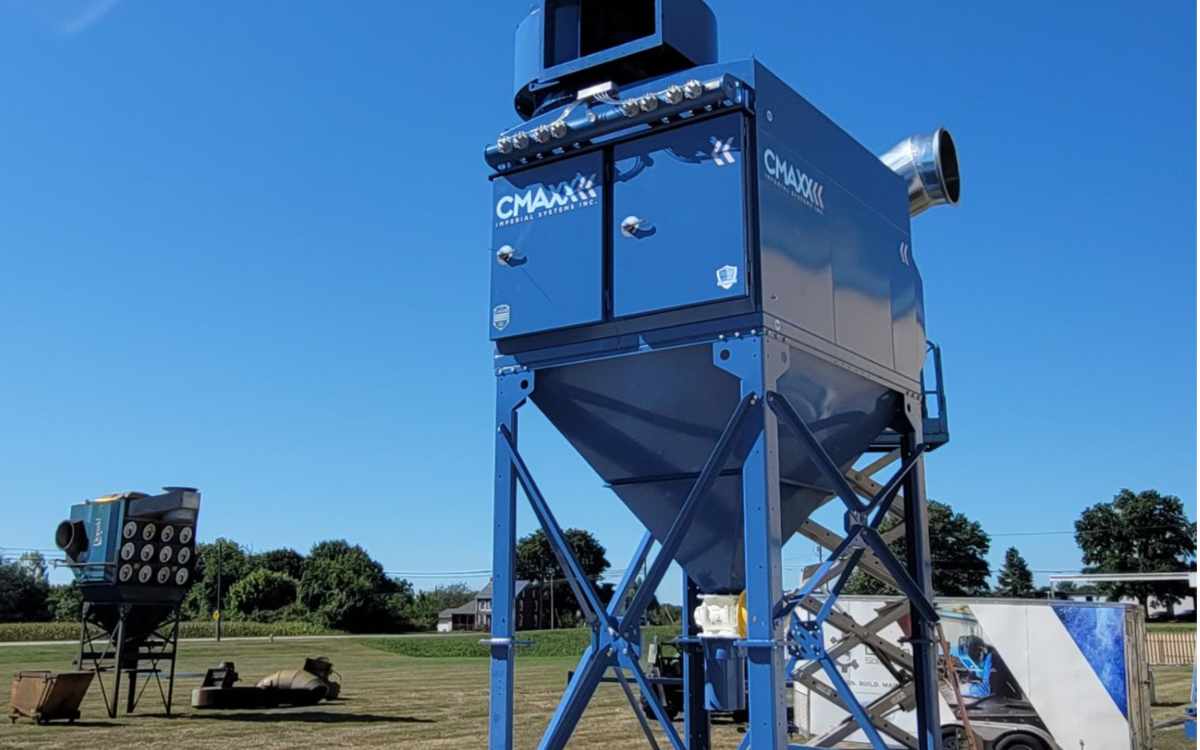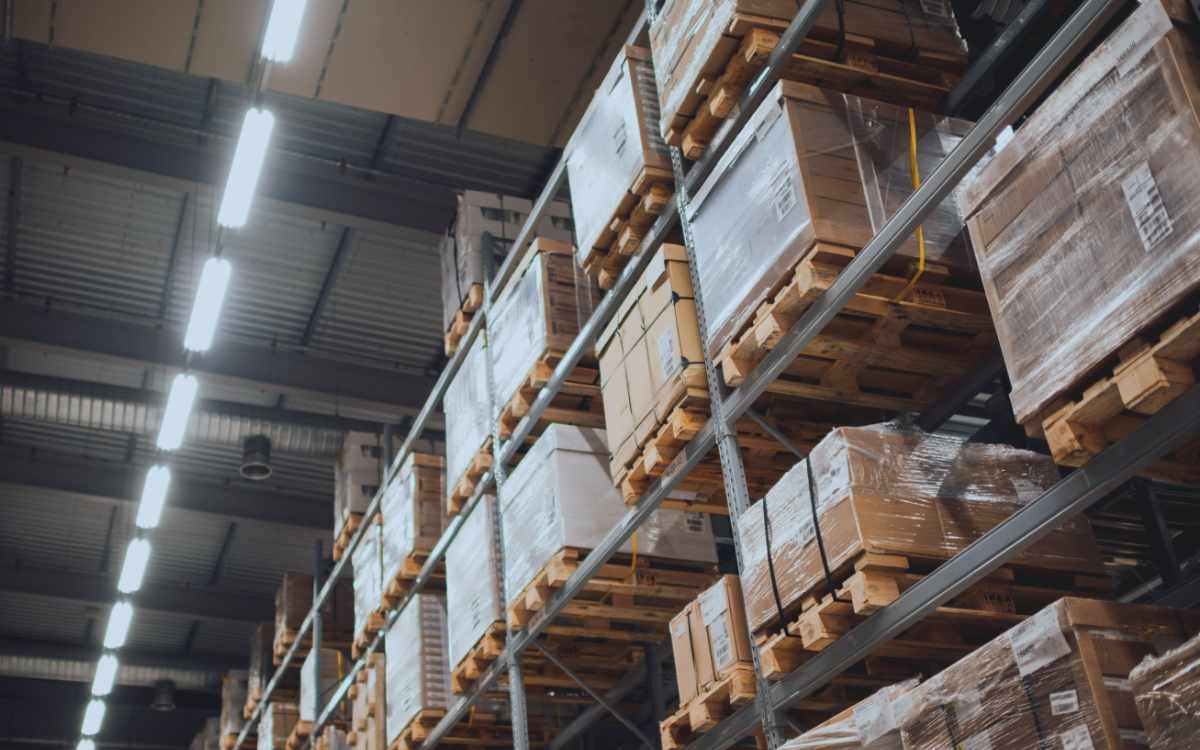What Makes Good Chromium Go Bad? How This Anti-Corrosion Wonder Metal Can Turn Into an Occupational Health Disaster
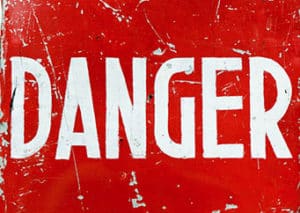
Chromium is an amazing metal. Polish to a brilliant shine and will keep that shine without tarnishing or corroding. When allowed with other metals, it makes them harder and more corrosion-resistant. Also, electroplating with chromium gives a durable, high-polish coating. However, chromium can produce toxic metal dust.
Chromium didn’t get its name by being shiny, though. “Chroma” is the Greek word for “color.” Many chromium compounds come in bright, beautiful colors including purple, yellow, and green. For many years, chrome yellow was used to create the familiar yellow school bus. The military uses chrome pigments that reflect infrared rays to conceal vehicles. Some treated wood and tanned leather use chromium salts.
What turns this incredibly useful item into a toxic metal dust health hazard?
Metals exist in a variety of oxidation states, depending on the compounds they are part of. Metals are good at sharing electrons, so chromium, like many other metals, can exist in several different oxidation states. Hexavalent chromium or chromium (VI) is a chromium compound at the +6 oxidation state. In this form, it mimics other essential elements and tricks cells into taking it in. Depending on the site of exposure, the results can be skin damage, stomach, and intestinal injury, lung damage, and eventually lung and kidney cancer.
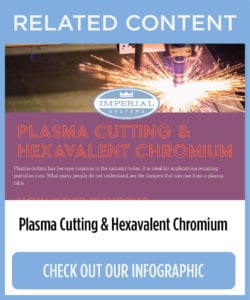 Many dyes, pigments, and primers contain hexavalent chromium in its direct form. Most exposure, though, occurs when stainless steel or other metals alloyed or coated with chromium are heated by welding, grinding, or cutting. The heat involved in these processes causes previously stable and harmless chromium to oxidize to its dangerous hexavalent form.
Many dyes, pigments, and primers contain hexavalent chromium in its direct form. Most exposure, though, occurs when stainless steel or other metals alloyed or coated with chromium are heated by welding, grinding, or cutting. The heat involved in these processes causes previously stable and harmless chromium to oxidize to its dangerous hexavalent form.
Welding fumes, grinding or metalworking dust, and fumes from plasma or laser cutting tables can all contain this form of chromium as a toxic metal dust. So can dust or smoke from treated wood, dust left over from leather tanning and residues from electroplating with chrome or from heat-treating materials with a chromium anti-corrosion coating.
Awareness Is the Key to Prevention
Remember Erin Brockovich? She made a name for herself fighting a facility in southern California. They had been using hexavalent chromium in their systems as a corrosion prevention agent and then allowed it to contaminate the groundwater. She has since gone on to participate in several other high-profile lawsuits involving the contamination of groundwater with hexavalent chromium in Missouri and Texas.
OSHA and environmental groups including the EPA closely monitor all forms of toxic metal dust including hexavalent chromium. If your facility’s dust collection equipment isn’t up to the job of handling this byproduct, your workers are at risk of health problems. Which means you could be at risk of fines. Many companies don’t know that their processes are producing hexavalent chromium. This dangerous version of a common and useful metal is found in more types of dust, smoke, and fumes than you may realize.
Check out our infographic on hexavalent chromium!
